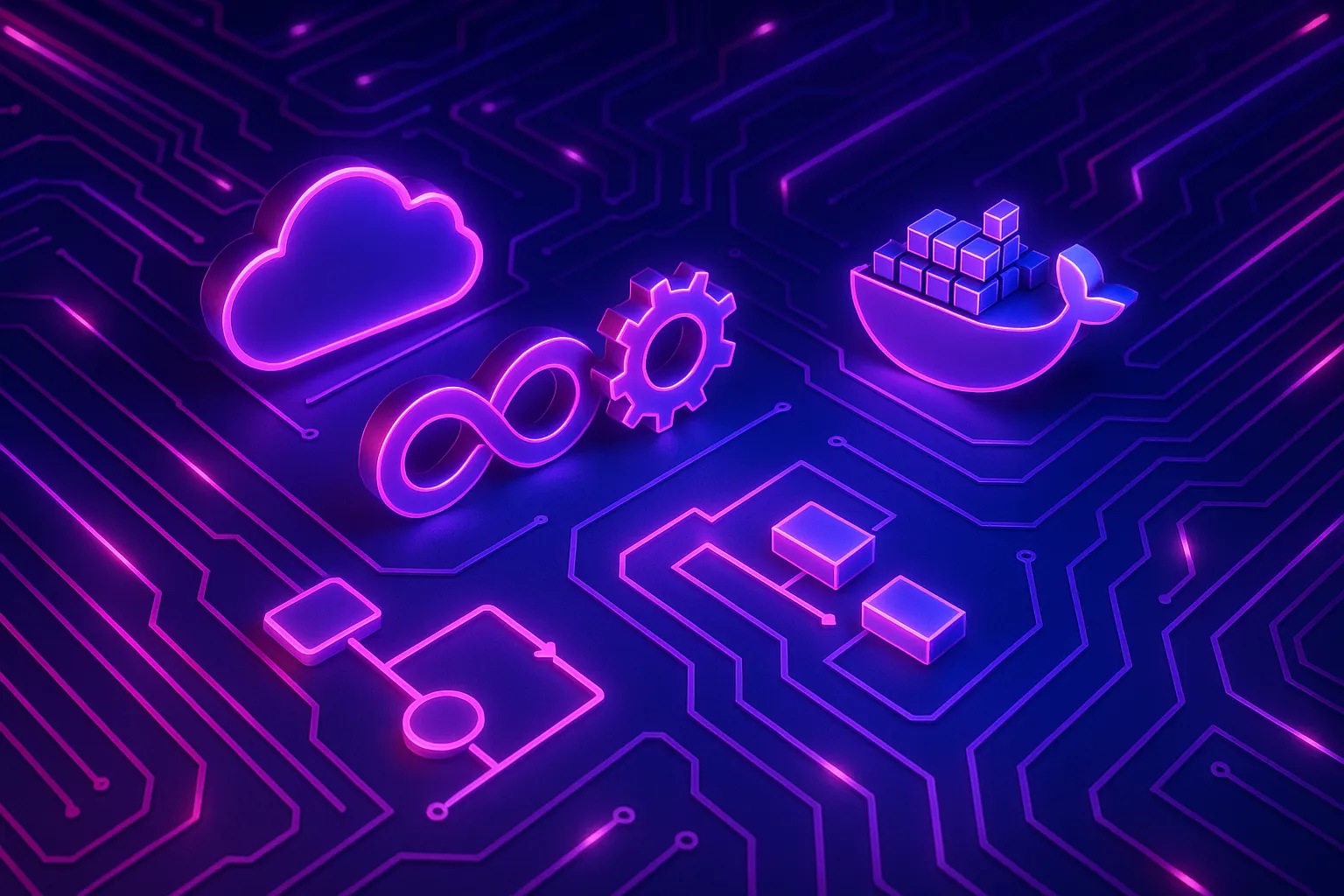
In today’s digitally-driven landscape, the ability to monitor and diagnose application performance is crucial. Sentry architecture provides a robust framework for error tracking and performance monitoring, delivering insights essential for optimizing software applications. This article provides a Sentry architecture overview, discusses its core components, and highlights the innovations that make it a critical tool for developers and businesses alike.
Understanding Sentry System Design
Sentry is designed to help developers identify and resolve issues effectively. Central to its architecture are error and performance monitoring. It swiftly captures errors in real-time, offering detailed context for troubleshooting. This capability is pivotal in many development workflows, enabling proactive application management to minimize downtime and improve user experiences.
Key Components and Innovations in Sentry
In exploring Sentry architecture, we observe its comprehensive approach to monitoring through essential components and innovations:
Event Pipeline: This system component captures and transmits events, like errors, from applications to the Sentry server. For instance, a JavaScript application error captured involves stack trace data, user interactions, and system states, providing developers with context to understand and resolve issues promptly.
Sentry SDKs: Available for numerous programming languages such as Python, JavaScript, and Ruby, these software development kits aid seamless integration and data collection across diverse environments. Sentry SDKs empower developers to customize error reports according to specific needs, ensuring relevant information is captured.
Event Processing: Upon reaching Sentry servers, events are processed to parse and store relevant data, fostering real-time insights and activating alerting mechanisms. This helps developers prioritize tasks according to severity and impact by offering processed and actionable insights.
Storage and Search Capabilities: Sentry integrates efficient storage solutions, allowing users to search historical data and patterns essential for long-term analysis and trend spotting. This is crucial for understanding and addressing recurring issues over time.
Real-time Analytics: It provides instantaneous feedback on application performance. For example, a sudden spike in errors can be detected immediately, allowing developers to roll out hotfixes before more users are affected.
User Feedback and Advanced Alerts: By capturing user interactions alongside metrics, Sentry presents a holistic view of user experiences and integrates seamlessly with tools like Slack and Jira for streamlined team communications.
Unlocking the Potential of Sentry for Enhanced Monitoring
The integration of Sentry into a development workflow significantly enhances monitoring and diagnostics. Without Sentry, developers might wade through logs manually, a tedious and error-prone process. Instead, Sentry's innovations remove these hurdles, offering a user-friendly mechanism tailored for modern software environments.
By understanding Sentry’s architecture, businesses can boost application performance and swiftly address issues. Whether a seasoned developer or business leader, embracing Sentry's architecture leads to improved operational efficiency and user satisfaction. Consider exploring supplementary tools in the Sentry ecosystem to maximize its benefits.
Enhancing Application Resilience with Sentry
As development teams embrace cutting-edge technologies, mastering Sentry’s architecture proves increasingly vital. Investigating Sentry's capabilities not only enhances applications but also optimizes problem-solving

